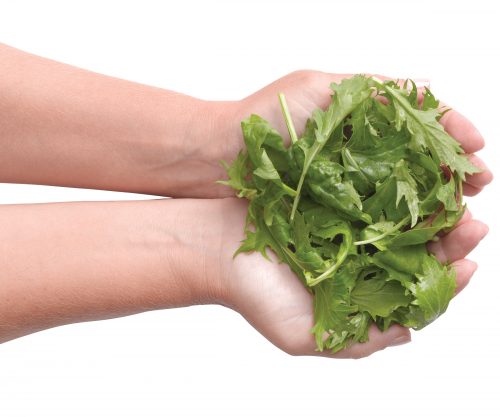
What is the difference between your recommended fruit and vege serves and what you actually eat each day?
In western countries around 38 per cent of adults aren’t meeting our 3+ vege serves a day, and the numbers are dropping each survey. So, what’s going on?
Healthy eating guidelines encourage us to have at least three servings of vegetables (that’s about 240g) each day, and preferably more. Managing five or more serves (400g plus) has even greater health benefits. Vegetables provide us with fibre and essential vitamins and minerals beneficial to our health. The potassium in vegetables can help balance our sodium intake, keeping our blood pressure under control. Antioxidants and other nutrients in veges have been shown to help reduce the risk of cardiovascular disease and cancer. And the fibre in veges is loved by our gut bacteria, helping our health in many different ways.
At Healthy Food Guide, we also count one serve of legumes, such as lentils, kidney beans, baked m beans and chickpeas, in our vege serves. As well as being high in fibre and other nutrients, these contribute protein to the diet so could be included in the protein portion.
Aim for half your meal to be veges. In our recipes, we count 80g of veges as one serve but, as a rough guide, one cup of chopped veges or two cups of salad is about two serves. Each Healthy Food Guide meal contains at least two vege serves.
Vege serves
- Cup or 2 handfuls of raw leafy vegetables or sprouts = 1 serve
- 1 medium carrot = 1 serve
- 1 tomato = 1 serve
- 1 small or ½ large capsicum = 1 serve
- ½ cup or a tennis ball-sized helping of chopped vegetables (such as frozen mixed) = 1 serve
- 1 onion = 1 serve
- ½ cup chickpeas or butter beans (cooked or drained from a can) = 1 serve
Your portion distortion challenge
Next time you serve veges, weigh or use hand measures to see if you’re having at least three vege serves a day. What does your personal portion distortion show you? Are you achieving your daily vege serves? Can you do better?
www.healthyfood.com










